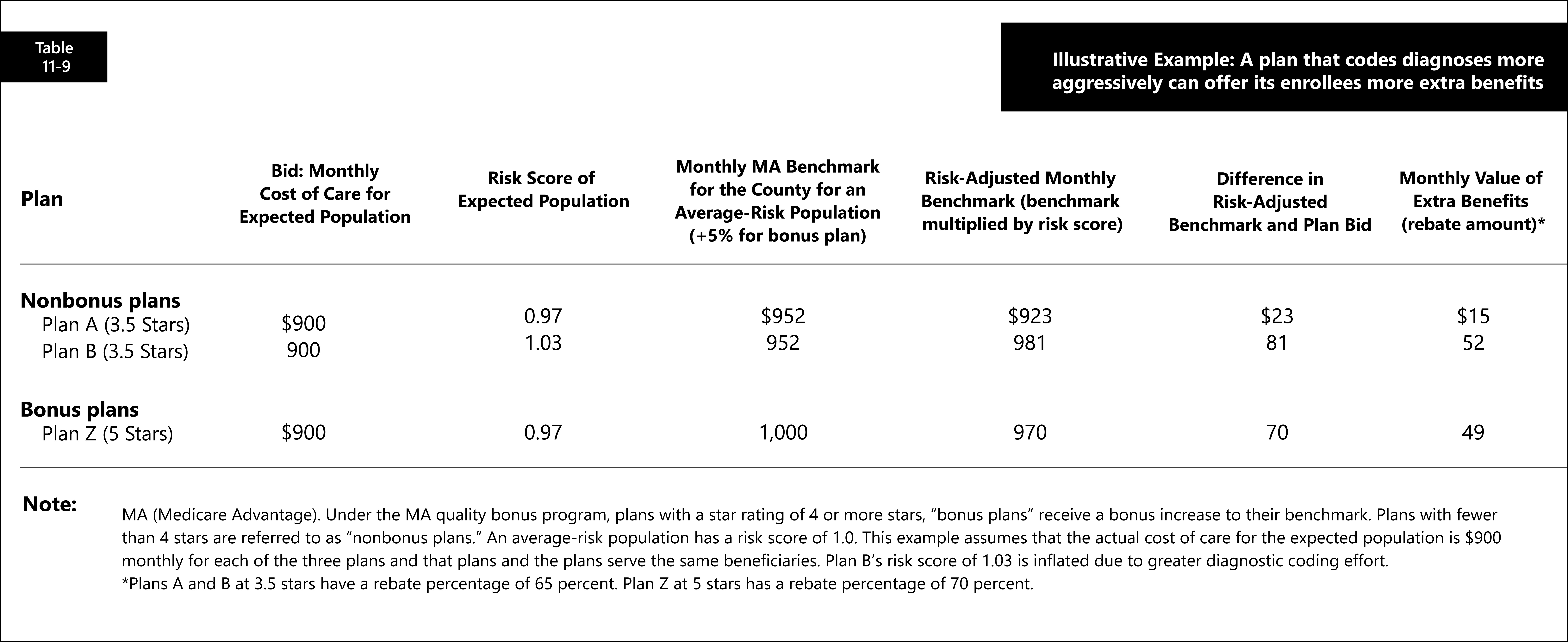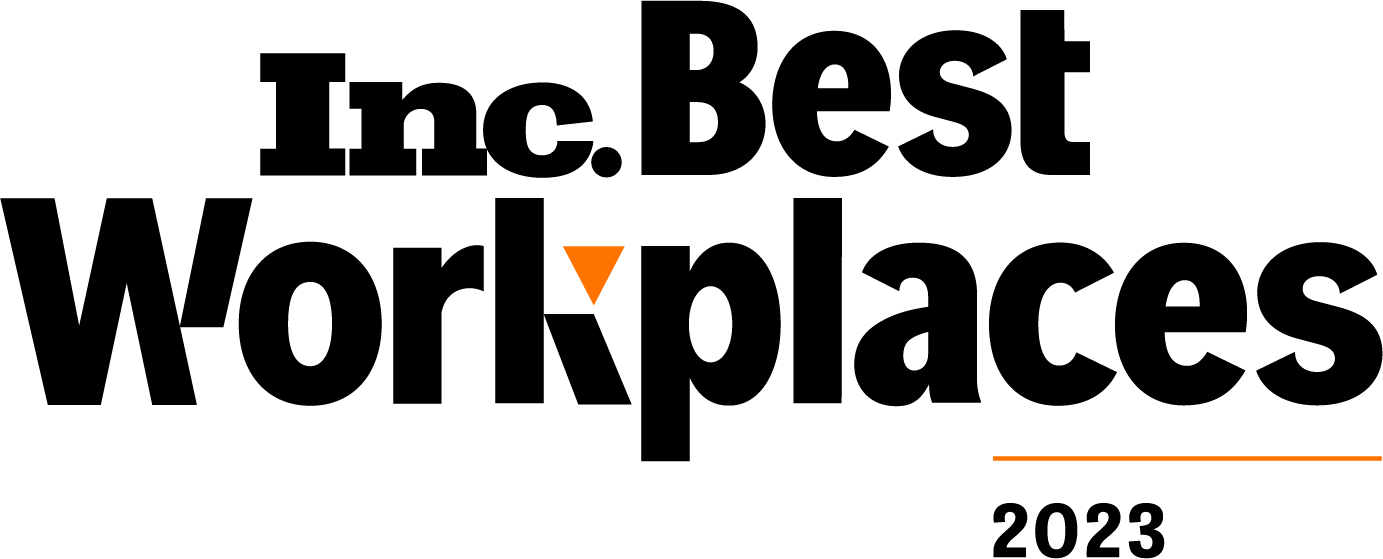Impact of Risk Adjustment Revenue Payments & Quality Bonus Payments
Let’s have a conversation
In a competitive marketplace, it is more vital than ever for Medicare Advantage Organizations (MAOs) to maximize the Medicare Advantage reimbursement mechanisms created by CMS. The Stars Quality Bonus Program (QBP) is a well-known lever utilized by MAOs. Most MAOs are not aware that optimizing another area of the business can produce similar if not more revenue as the QBP. MAOs with risk scores below 1 in the current benefit year are the most likely candidates for this additional payment. How might this be true? The Medicare Payment Advisory Commission (MedPAC) March 2023 Report to the Congress: Ch11 Medicare Payment Policy outlines the impact a more accurate risk score can have, analogous to a second bonus payment in the form of additional Risk Adjustment revenue payment. This interesting illustration provided in the MedPAC report is worth a closer look.
Impact of Coding Intensity on Monthly Rebate Amount per Beneficiary

This table illustrates the relationship between Risk Adjustment coding intensity and rebate amounts using a hypothetical example of three plans covering the same set of enrollees for whom the expected cost of care is the same, at $900 per member per month.
Plans A and Z have an expected risk score of 0.97 and Plan B has an expected risk score of 1.03 due to more aggressive diagnostic coding. All three plans have bids below the risk-adjusted benchmark and must provide extra benefits funded by rebates. However, because Plan B has a higher risk score, its rebate is larger than Plan A’s rebate ($52 per month vs. $15 per month); so it can offer enrollees more extra benefits than that provided through quality bonuses.
As portrayed in the table, a .06 increase in risk score from Plan A to Plan B was associated with a substantial increase in rebates, resulting in greater total revenue than a 5-star plan with a lower risk score (equivalent to Plan A). MAOs with a risk score of >1, should look at the current risk as an opportunity to increase risk score accuracy and completeness. This evaluation not only signals increased revenue opportunity, but improved member experience through benefit planning and delivery.
Best-in-class Risk Adjustments utilize four levers to achieve an improvement in risk coding accuracy and completeness (measured by risk score).
- Accurate Risk Adjustment coding process and quality assurance
- Member and provider education on comprehensive medical assessments and accurate coding of members health status
- Review and reconciliation of diagnostic coding from member’s past medical encounters
- 100% of encounter data submitted to CMS ahead of submission deadlines with 99.5% accepted and used in the model run
By optimizing Risk Adjustment operations, the MAO is leveraging a more stable and timelier reimbursement mechanism compared to Stars. Risk Adjustment model changes do not impact operations as drastically as Stars reforms. Investment in the optimization of Risk Adjustment operations is more durable as a result. Risk score adjustments are reimbursed earlier, in the form of monthly premiums and annual readjustment payments. Also, Risk Adjustment reimbursements are not an all or nothing proposition, allowing your MAO to realize value incrementally with investment.
How ProspHire Can Help
All Medicare Advantage revenue streams are important. ProspHire is well positioned to assist with any area to strengthen the performance of a Plan.

- Identify Risk Adjustment operational gaps and accelerate optimization
- Conduct comprehensive or specific program operation assessments
- Provide project management and staff augmentation resources to accelerate infrastructure upgrades or operational improvements
- Vendor Management
- Assess, enhance and maintain quality standards for maximum Stars Quality Bonus Payment in tandem or separately
ProspHire
216 Blvd of the Allies, Sixth Floor
Pittsburgh, PA 15222
412.391.1100
[email protected]


© 2024 ProspHire, LLC. All Rights Reserved / Terms of Use / Privacy Policy







